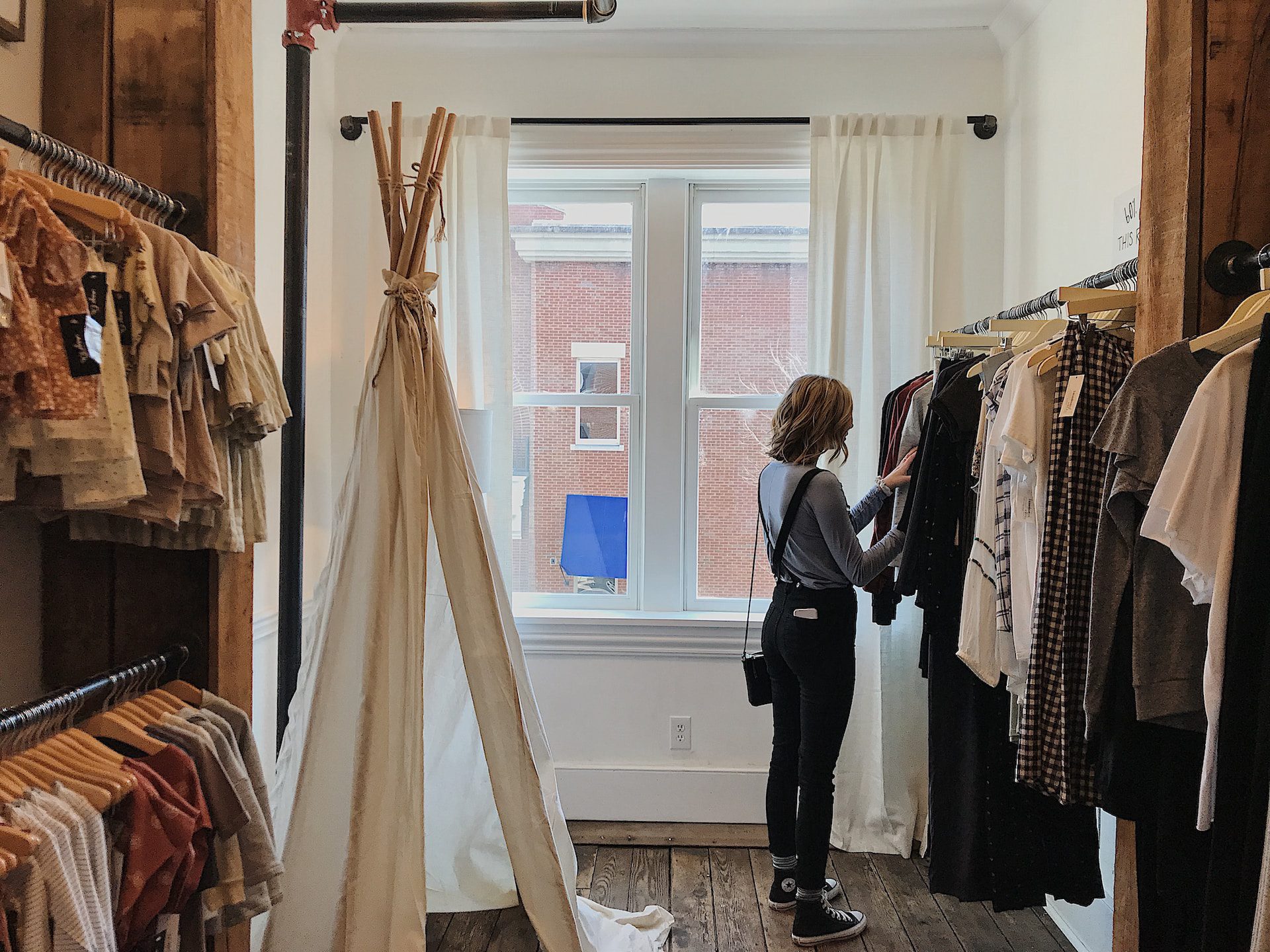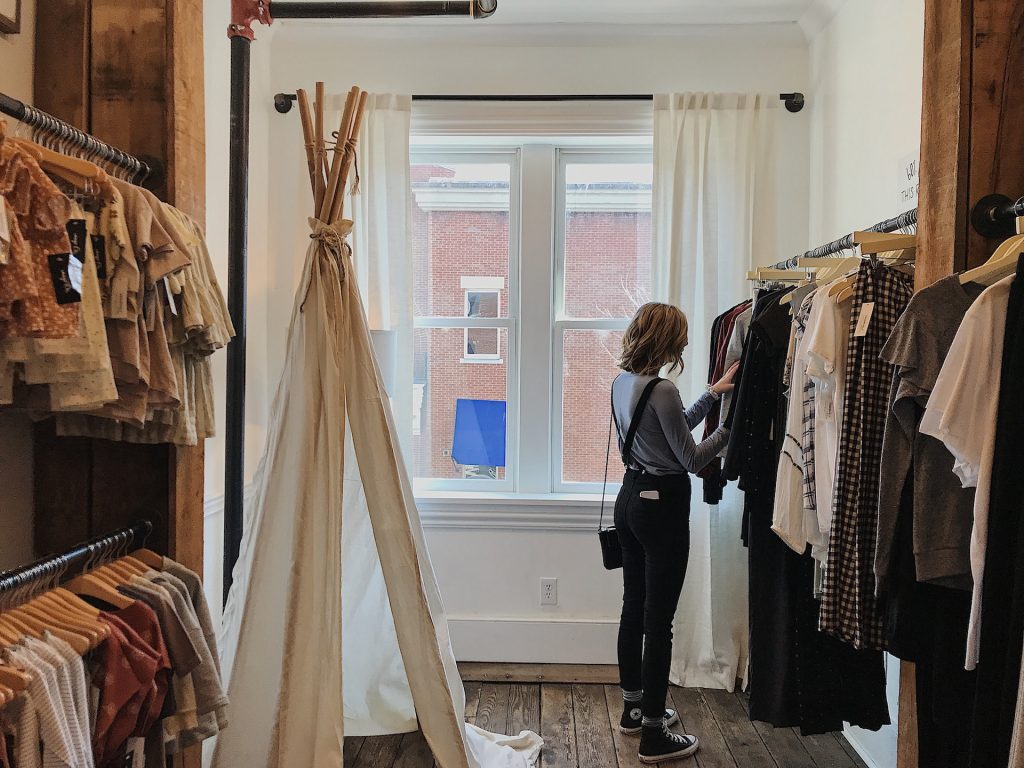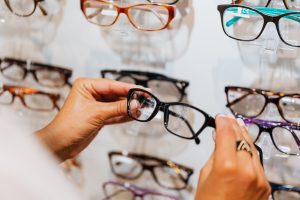Shop owners have lots to think about every day. They need to prevent personal injury lawsuits in their business by making sure there are no physical hazards on their premises. If it’s a clothing store, many people will be coming every day in order to try on and choose various garments. From a customer’s angle, there are many pitfalls they need to avoid. In this article, we discuss 4 hazards you should look out for in clothing stores.

4 Customer Hazards to Watch Out for in Clothing Stores
1. Health And Safety Risks
Beware of the presence of boxes scattered throughout the aisles. While they may seem harmless, they can be a trip hazard waiting to happen. There may be high volumes of foot traffic, and merchandise scattered throughout the store. Customers – especially those who aren’t paying close attention – can easily stumble over these boxes. In turn, they could suffer injuries like sprains and fractures. Store owners must take proactive measures to ensure that all boxes are properly stored away after being delivered. They should also ensure that the aisles remain clear for customers to navigate safely.
Another potential hazard is damaged stairs within the store premises. There could be a cracked step, loose railing, or uneven surface. In turn, these stairs pose a significant risk for slips, trips, and falls. These accidents can lead to serious injuries, such as head trauma or spinal damage. Store owners should regularly inspect their staircases for any signs of wear and tear. They should immediately address any issues identified. Equipping steps with anti-slip covers can also help prevent accidents and enhance customer safety. Finally, make sure there are no spills on the floor that haven’t been properly cleaned up.
Legal Action
If you were injured in a clothing store because of the negligence of the staff, there are steps you can take. The website of a personal injury lawyer will enable you to have a live chat or ask for a free case review. There’d be no upfront fees, and you won’t need to pay unless you win. Lawyer websites often display their legal affiliations and accreditations, and details of the money retrieved in successful claims. Should you win your personal injury lawsuit, you’d be able to pay your medical bills, cover any lost wages, and be compensated for pain and suffering.
Working with a local lawyer can make a significant difference in the outcome of your case. They’ll be familiar with regional laws, court procedures, and potential challenges unique to your area. For California residents, reputable West Coast Trial Lawyers bring local expertise and a strong track record of handling personal injury claims effectively. Their knowledge of the local legal landscape can be crucial in building a compelling case on your behalf.
2. Deceptive Pricing Tactics
In today’s competitive retail landscape, clothing stores use a variety of tactics to attract customers and boost sales. One common customer hazard to watch out for is deceptive pricing. It’s not uncommon for stores to manipulate price tags. They do it in a way that makes it seem like you’re getting a fantastic deal when you’re not. This tactic is used to create a sense of urgency and to make customers feel like they’re getting a steal. It can take the form of marking up prices before offering a “discount.” This creates the illusion of a bigger saving than it really is. Alternatively, it may be a “buy one, get one free” deal that isn’t as good as it seems.
Some companies use tactics like “doorbusters” to get you in the store. In these scenarios, you’ll be likely to make additional purchases at regular (rather than discounted) prices. To avoid falling for deceptive pricing, do your research and compare prices across stores. The internet can be a great way to do this at home. Also, read the fine print and understand the terms and conditions of any promotions. Be skeptical of ‘bargains’ that seem too good to be believed. Take the time to evaluate whether you’re getting genuine value for your money. Keep in mind that true bargains are rare, and retailers are in business to make a profit.

4 Customer Hazards to Watch Out for in Clothing Stores
3. Poor Quality Merchandise
The fast-fashion industry has been criticized for producing cheap, low-quality clothing that quickly falls apart. While these items may be affordable and trendy, they often don’t last long. As a result, they can end up costing you more in the long run. Poor-quality items aren’t only a waste of money, but they also contribute to environmental waste. This is because they’re often thrown away after only a few years. When shopping for clothing, it’s important to inspect items for signs of poor craftsmanship. Look for loose threads, uneven seams, or cheap materials. Don’t be fooled by appearances, because items that look good on the rack may still be poorly made.
It’s also a good idea to read reviews and ask for recommendations from friends, family or colleagues. It’s more prudent to invest in higher-quality items rather than cutting corners to save money. While they may cost more upfront, decent garments can save you money in the long run. Quality clothing is often made from better materials, with greater attention to detail. As a result, it’s more likely to withstand the test of time. Consider buying fewer, higher-quality items instead of constantly replacing cheap, disposable clothing.
4. Impulse Buying Traps
Without a doubt, clothing stores are designed to entice you to spend money. The store layout, attractive displays, and aggressive sales tactics can all lead to impulse buying. In turn, this can quickly derail your budget and spending plans. Retailers know how to create a shopping environment that encourages you to make unplanned purchases. They often use psychological tricks to get you to spend more. To avoid impulse buying, write your shopping list beforehand and stick to it. Set a budget for yourself and be disciplined in adhering to it.
It’s also helpful to wait before making a purchase. Perhaps you see something you like but didn’t plan to buy. Take a moment to reflect on whether you really need it, because the urge to buy may pass. You’ll realize that you can do without the item. Alternatively, wait and see if it’s later reduced during the sales. You may still be able to buy it but at a significantly lower price.
Shopping at clothing stores can be an enjoyable and rewarding experience. However, it’s important to be vigilant and watch out for potential customer hazards. By being informed and cautious, you can protect yourself and enjoy a hassle-free shopping experience.

fashionabc is a fashion technology platform, comprising a digital directory and various other digital tools and supply chain solutions for the fashion industry ecosystem, that focus on ethical fashion and sustainability. We are building inclusive digital transformation tools for fashion professionals who are willing to take steps towards a more sustainable ethical fashion industry, by adopting AI and DLT blockchain technology.
* building digital profile and IP solutions for fashion businesses
* tackle issues such as provenance and counterfeit in supply chain
* contribute to the construction of a meritocratic ethical fashion industry which is certified and part of the circular economy











